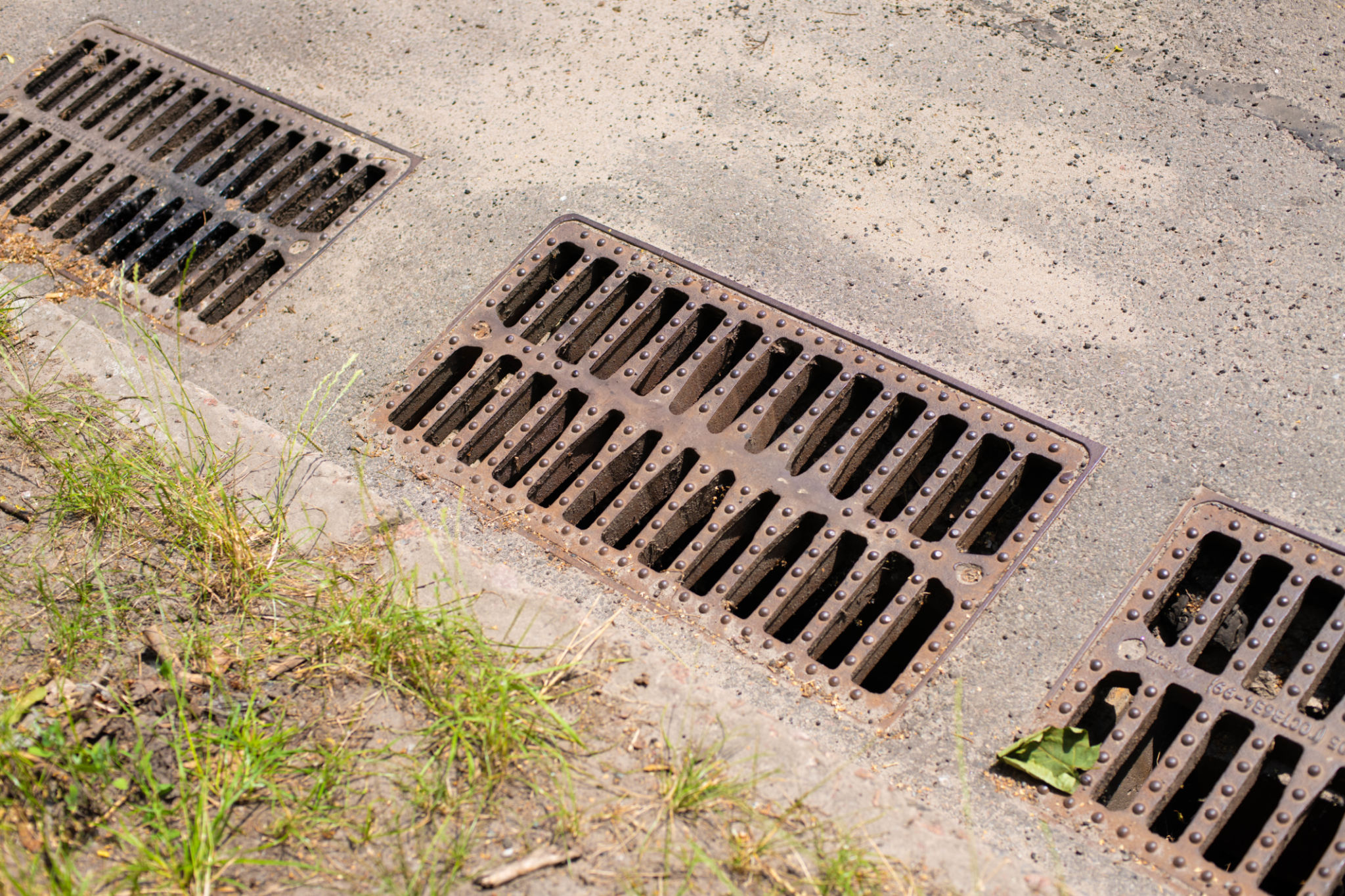How Bio-Swales Contribute to Water Management in Florida: A Local Perspective
Understanding Bio-Swales
In recent years, bio-swales have gained prominence as an effective tool for water management, particularly in areas prone to heavy rainfall like Florida. But what exactly are bio-swales? These landscape elements are designed to capture and treat stormwater runoff. They are shallow, vegetated channels that slow down water flow, allowing it to soak into the ground while filtering out pollutants.
Bio-swales are not only functional but also aesthetically pleasing, often filled with native plants that enhance local biodiversity. These systems mimic natural hydrological processes, making them a sustainable alternative to traditional drainage systems.

The Importance of Water Management in Florida
Florida faces unique challenges regarding water management due to its flat topography, high water table, and frequent heavy rainfalls. This makes efficient drainage crucial to prevent flooding and water pollution. As urban areas expand, the need for innovative and effective water management solutions becomes increasingly urgent.
Traditional stormwater systems often struggle to cope with the sheer volume of water generated during storms, leading to overflow and pollution in local waterways. Here, bio-swales offer a much-needed solution by reducing runoff and improving water quality.
How Bio-Swales Work
The design of bio-swales is quite ingenious. Water enters the swale through inlets during rainfall events. The gentle slope and dense vegetation slow the water's flow, promoting infiltration into the soil. As the water percolates through the ground, the plants and soil act as natural filters, removing sediments and pollutants.
Additionally, the vegetation in bio-swales helps to stabilize the soil and prevent erosion. The roots of these plants create channels in the soil, facilitating further infiltration and promoting groundwater recharge.

Benefits of Bio-Swales
Implementing bio-swales offers numerous benefits beyond just stormwater management. They contribute to urban cooling by providing shade and reducing heat absorption in paved areas. Moreover, bio-swales serve as habitats for wildlife, supporting a variety of species that thrive in wetland environments.
Another significant advantage is their role in enhancing community aesthetics. By integrating these vegetated swales into urban landscapes, cities can improve their green spaces, making them more appealing to residents and visitors alike.
Challenges in Implementation
Despite their benefits, installing bio-swales comes with challenges. One of the primary concerns is maintenance. To function efficiently, bio-swales require regular upkeep to ensure that vegetation remains healthy and that inlets and outlets are free from debris.
Additionally, proper planning and design are crucial for their success. The selection of appropriate plant species and understanding the local soil and water conditions are essential steps in creating effective bio-swales.

A Local Perspective
In Florida, several communities have successfully integrated bio-swales into their stormwater management plans. These projects serve as models for other regions looking to adopt similar sustainable practices. By collaborating with local governments and environmental organizations, many Florida cities have managed to enhance their landscapes while addressing critical water management challenges.
The success stories from these communities demonstrate that with the right approach, bio-swales can be a vital part of Florida's strategy to combat water-related issues.
The Future of Water Management
As climate change continues to affect weather patterns, the need for sustainable water management solutions becomes even more pressing. Bio-swales represent an adaptable and effective method for addressing these challenges head-on. Their ability to blend functionality with environmental stewardship makes them a promising tool for the future.
Incorporating bio-swales into urban planning not only helps manage stormwater but also fosters a deeper connection between communities and their natural environments. As awareness grows, more areas may adopt this green infrastructure approach, paving the way for a more sustainable future for Florida and beyond.